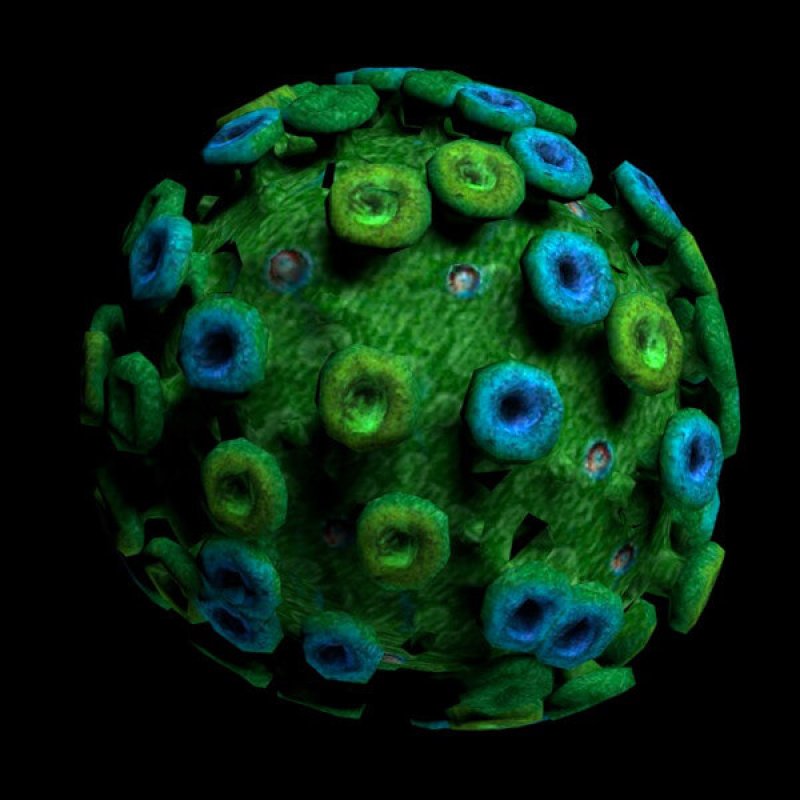The GLP aggregated and excerpted this blog/article to reflect the diversity of news, opinion and analysis.
…
The problem faced by all attempts at either a cure or remission is that HIV hides away in certain inactive body cells by integrating its genes into the host cell’s chromosomes. Until such a cell starts translating those genes into new viruses, the infection remains invisible both to ARVs and to the immune system. For decades, researchers have been trying to flush HIV out of its hiding places by activating these cells and then eliminating them—a strategy called “shock and kill”. But shock and kill has, so far, yielded no treatment. So other approaches are coming to the fore.
One is to abandon the idea of waiting for the virus to come out and instead go in and get it. That is the method adopted by Monique Nijhuis of the University Medical Centre Utrecht, in the Netherlands. She uses CRISPR-Cas9, a potent new gene-editing technique, to hunt down and eliminate DNA sequences found in HIV but not the human genome, thus wrecking the viral genes inside their host chromosomes.
Read full, original post: Rallying the troops































